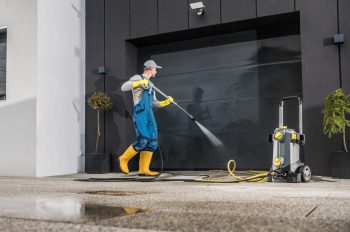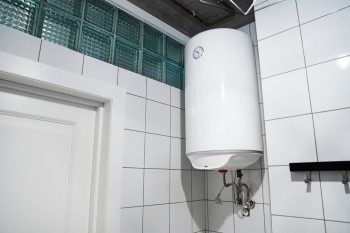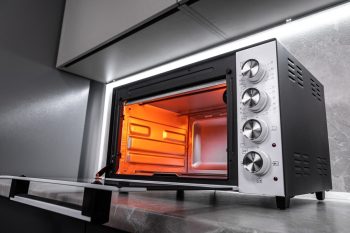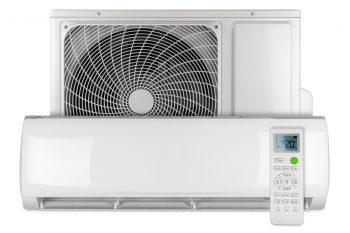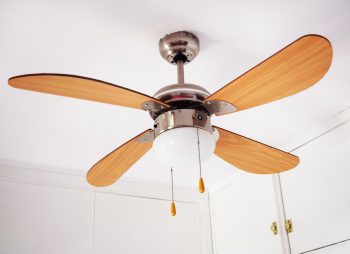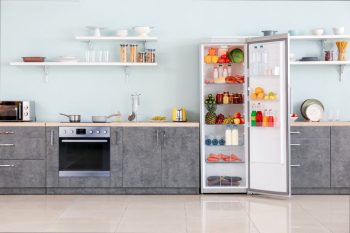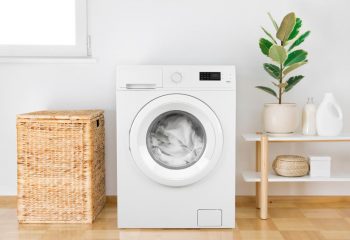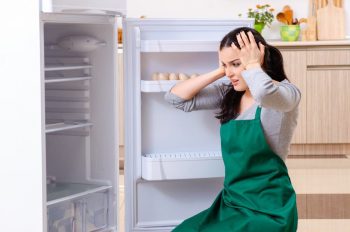
The world of espresso is vast and varied. With an espresso machine at your disposal, you can create a myriad of delightful beverages, from classic coffee concoctions to non-coffee based drinks. This comprehensive guide will delve into the many drinks you can make with an espresso machine, the techniques you need to master, and the role of the espresso machine in the quality of your drinks.
With an espresso machine, you can make a wide range of drinks. Some popular espresso-based drinks include Latte, Cappuccino, Macchiato, Americano, Mocha, and Red Eye. You can also make non-coffee based drinks like Matcha Green Tea Latte, Cinnamon Rooibos Latte, and Chai Latte. The quality and type of your espresso machine can significantly affect the taste and quality of these drinks.
The Espresso Machine: A Brief Overview
At its core, an espresso machine is designed to force hot water through finely-ground coffee to produce a concentrated coffee known as espresso. An espresso machine typically consists of a water source, a pump, a boiler, a steam wand or steam chamber, and a group head. These components work together to provide the necessary water, pressure, and heat to brew the perfect espresso shot, which serves as the base for numerous coffee drinks.
Espresso-Based Drinks You Can Make
An espresso machine is a versatile tool that allows you to create a variety of coffee drinks. Here are some of the most popular espresso-based drinks:
- Latte: A shot of espresso topped with steamed milk and foam.
- Cappuccino: A shot of espresso with steamed milk, without the foam at the top.
- Ristretto: A single shot of espresso.
- Macchiato: Equal parts espresso and steamed milk.
- Americano: A shot of espresso with hot water.
- Mocha: Espresso with chocolate, steamed milk, and sometimes whipped cream on top.
- Red Eye: Coffee with a shot of espresso on top.
- Espresso Con Panna: An espresso with whipped cream added on top.
- Espresso Lungo: Brew a single shot of espresso, but extract 2 full ounces.
- Espresso Romano: An espresso with a squeeze of lemon added.
- Café Americano: Gently pour a single shot or double shot of espresso over 6 ounces of fresh hot water.
- Cortado: A double shot of espresso combined with an equal amount of steamed milk.
- Flat White: Similar to a latte, but with a higher ratio of coffee to milk and a smoother, velvety microfoam.
- Affogato: A scoop of ice cream (usually vanilla) topped with a shot of hot espresso.
Non-Coffee Based Drinks You Can Make
An espresso machine is not limited to coffee-based drinks. Here are some examples of non-coffee based drinks you can make:
- Matcha Green Tea Latte: Made with matcha green tea powder, non-dairy milk, and water.
- Cinnamon Rooibos (Red Tea) Latte: This caffeine-free latte is made with Rooibos tea, cinnamon, and steamed milk.
- White Chocolate Coconut: This drink contains light caffeine from cocoa butter and is made with coconut-based non-dairy milk, coconut flakes, and white chocolate.
- Turmeric Latte: A blend of turmeric, ginger, cinnamon, and steamed milk.
- Chai Latte: Made with chai tea and steamed milk.
The Role of the Espresso Machine in the Quality of Your Drinks
The quality of your espresso machine significantly affects the taste and quality of your drinks. A high-quality espresso machine ensures consistent pressure, temperature, and extraction, resulting in a better-tasting espresso. Regular cleaning and maintenance, using filtered or softened water, and high-quality components are all critical to the performance of your espresso machine.
Mastering the Skills and Techniques
Making different types of drinks with an espresso machine requires mastering several skills and techniques, from selecting and grinding coffee beans to tamping, brewing, and milk frothing. By honing these skills, you can create a wide range of espresso-based drinks with your espresso machine.
Manual, Semi-Automatic, and Fully Automatic Espresso Machines
The type of espresso machine you use also plays a role in the preparation of your drinks. Manual espresso machines offer the most control but require expertise and can produce inconsistent results. Semi-automatic machines strike a balance between control and consistency, while fully automatic machines prioritize ease of use and consistency over customization.
The Cappuccino vs. Latte Debate
The difference between a cappuccino and a latte lies in the ratio of espresso, steamed milk, and milk foam. A cappuccino has an even distribution of these components, resulting in a stronger coffee flavor, while a latte has more steamed milk and a light layer of foam, creating a creamier texture and a more subtle espresso taste.
In conclusion, an espresso machine is a versatile tool capable of creating a wide range of delightful beverages. By understanding its functionality, mastering the necessary skills and techniques, and investing in a high-quality machine, you can make the most out of your espresso machine and enjoy a variety of delicious drinks.
Frequently Asked Questions
What is the difference between a manual, semi-automatic, and fully automatic espresso machine?
Manual espresso machines require you to control every aspect of the brewing process, from the grind size, tamping pressure, water temperature, and extraction time. Semi-automatic machines automate water temperature and pressure, but you still have control over the grind size, tamping pressure, and extraction time. Fully automatic machines automate all aspects of the brewing process, providing a consistent espresso shot every time with minimal effort.
How should I clean my espresso machine?
Regular cleaning is essential for maintaining the performance and longevity of your espresso machine. You should clean the group head and portafilter after each use, descale the machine every few weeks or months depending on your water hardness, and backflush the machine if it has a three-way valve. Always refer to the manufacturer’s instructions for specific cleaning guidelines.
How can I improve the quality of my espresso?
There are several ways to improve the quality of your espresso. Use fresh coffee beans and grind them just before brewing. Ensure your water is of good quality, as it makes up 98% of your espresso. Also, invest in a good quality espresso machine and grinder. Regularly clean and maintain your equipment. Finally, practice your technique, including tamping pressure and extraction time.
Can I use regular coffee beans for espresso?
Yes, you can use regular coffee beans for espresso. However, espresso is traditionally made with a darker roast because it brings out the natural oils in the beans for a fuller flavor and body. It’s also common to use a blend of beans for espresso to achieve a balance of flavor, acidity, and body.
What is the ideal temperature for brewing espresso?
The ideal temperature for brewing espresso is between 195-205 degrees Fahrenheit (90-96 degrees Celsius). At this temperature, the hot water will extract the optimal amount of flavor from the coffee grounds. If your espresso tastes bitter, the water might be too hot. If it tastes sour or weak, the water might be too cool.

